The employment recovery amongst Australia’s geoscientists has taken a step backward in the opening quarter of 2018 – cooling by more than four percent after a full year of improved employment outcomes over calendar 2017.
Unemployment nationally among geoscientists – who are prominent in the mining and exploration sectors – increased from 7.0% in at the end of December 2017 to 11.1% at the end of March 2018. Underemployment remained little changed at 12.9% at the end of March 2018 compared with 12.3% at the end of December 2017.
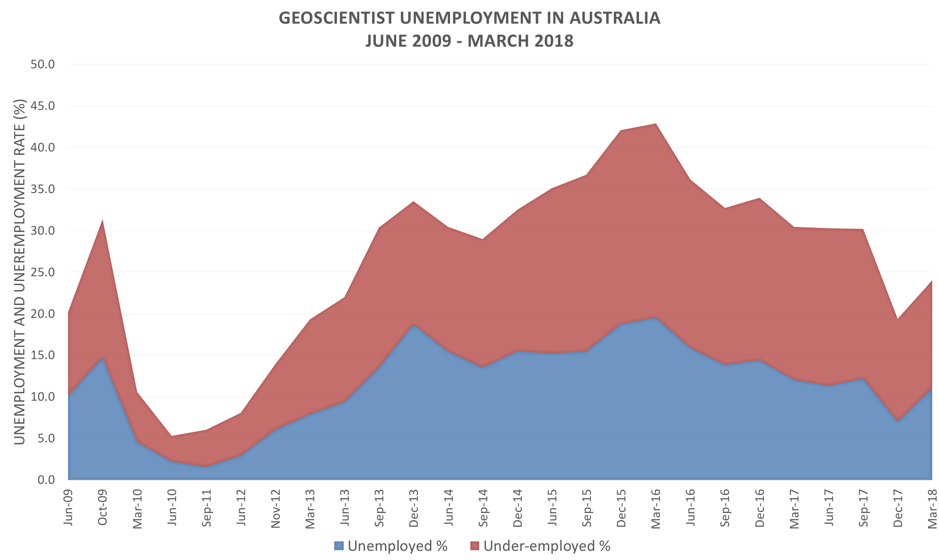
Geoscientist employment and under-employment in Australia June 2009 – March 2018
The survey again enjoyed strong support from Australian geoscientists with almost 500 responses received from across Australia.
AIG spokesperson, Mr Andrew Waltho, described the latest results as disappointing and evidence that the recovery in geoscientist employment, especially in exploration and mining, “has some way to go”.
“The final quarter of 2017 marked the fourth successive quarter of employment growth, so the decrease in employment prospects during the first quarter of 2018 is disappointing, particularly for those who have been seeking work for more than a year,” Mr Waltho said.
“The trend over the past 12 months, however, remains positive and we hope that this setback proves to be due to seasonal factors, affecting mineral exploration in particular, and isn’t a sign that exploration and mining activity in Australia is again showing signs of cooling in Australia,” he said. “It will be informative to compare these results with Australian Bureau of Statistics’ mineral exploration expenditure and drilling activity statistics for the first quarter of 2018, when they are released in a couple of months.”
Mr Waltho said long term unemployment remained a real concern, with almost 70% of jobless geoscientists being out of work for more than 12 months.
“This job market environment contributes to a real loss of talent as unemployed geoscientists struggle to remain in touch with developments in their profession,” Mr Waltho said. “Helping unemployed geoscientists maintain their skills and maintain contact with peers through delivering professional development opportunities therefore remains one of AIG’s highest priorities.”
Every state experienced an increase in both unemployment and underemployment during the March 2018 quarter. In the states with significant numbers of geoscientists seeking work, Western Australia had the lowest unemployment, followed by South Australia and Queensland. The highest level of unemployment was recorded in New South Wales and the ACT. Self-employed geoscientists generally fared similarly or better than those in company employment, except in South Australia.
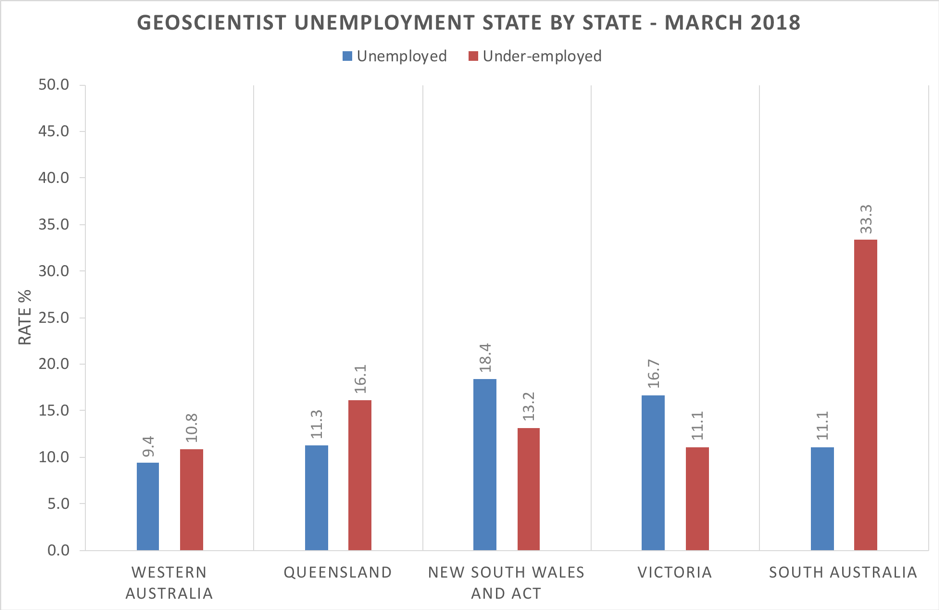
State by state geoscientist unemployment and underemployment, March 2018
During the 12 months between the end of March 2017 and March 2018, unemployment rates fell in Queensland and South Australia, remained little changed in Western Australia, but increased markedly in other states. Underemployment amongst self-employed geoscientists decreased, or showed little change, in all states except South Australia where it increased by almost 5%.
The next survey will be conducted from 30th June 2018.
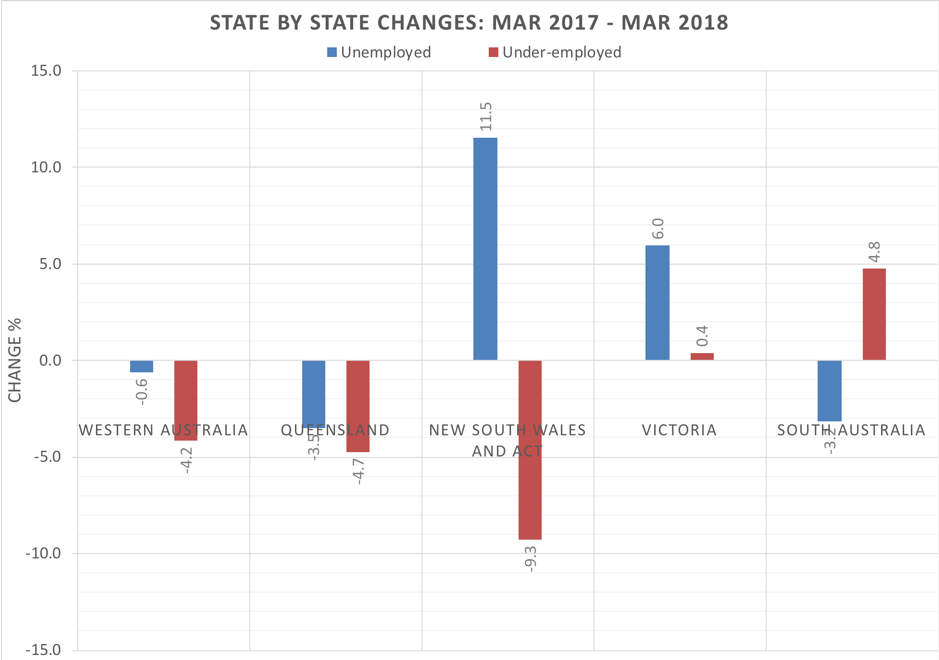
Unemployment and underemployment trends – March 2017 to March 2018
Media
Andrew Waltho, Brisbane, 0412 426 764, andrew.waltho@aig.org.au
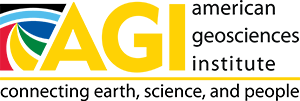 The American Geosciences Institute (AGI) has launched a community story map project, designed to highlight the work that geoscientists do in, for, and with communities. The project is a collaboration of AGI and the Geological Society of America.
The American Geosciences Institute (AGI) has launched a community story map project, designed to highlight the work that geoscientists do in, for, and with communities. The project is a collaboration of AGI and the Geological Society of America.
AGI are seeking photos featuring your community-centered research, work, internships, outreach, and service learning. They hope they will inspire geoscientists to reflect on their own community engagement opportunities. Geoscientists’ work in communities elevates science literacy and decision making.
Story Maps require that your photos are geotagged, or have GPS coordinates. This is a function that you set up in your cell phone or many modern cameras with an inbuilt GPS. If you are unsure whether your photo is geotagged, please provide GPS latitude and longitude in degrees, minutes, and seconds to the hundredths (e.g. 37°40’54.94″N, 50°28’14.72″E). Search for these using Google Earth. Photos that lack location information cannot be included in the map.
Please submit material via the form established on the AGI website. to submit your materials (i.e., photos, photo release form, model release form, location description, GPS coordinates, and 2-3 sentence description of your role in the community).
AIG encourages members and other Australian geoscientists to support this project. If you have any questions, please contact Sarah Fortner by email.
Gold18 will be held in Perth, 2-3 August 2018.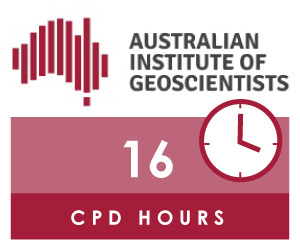
Gold18 is aimed at geoscientists involved with gold exploration and mining and is being convened by AIG in collaboration with geosymposia.com.au.
The symposium will feature:
The session themes encompass:
Stay up to date with developments via the Gold18 page in the AIG events calendar. The latest circular is available here.

The Economic Geology Research Unit (EGRU) at James Cook University is offering several professional development short courses in coming months.
Dr Carl Brauhart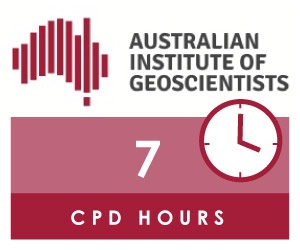
27 June 2018 and,
28 June 2019 (subject to demand)
James Cook University
This one-day course is designed to help exploration geologists better understand the issues they face when dealing with geochemical data. Delegates will be exposed to practical exercises using ioGAS software to work on real-world data sets. The course has been presented numerous times in Perth and is being made available in north Queensland through EGRU and courtesy of CSA Global.
Click here for information regarding this short course or click here to register via the JCU web site.
 Applications
ApplicationsDr Jan Marten Huizenga
10 – 12 July 2018
James Cook University
This 3-day short course will comprise two modules and is suitable for post-graduate students and interested minerals industry professionals who require an introduction to fluid inclusion analysis.
Click here for information regarding this short course or click here to register via the JCU web site.
Registrations are required by the end of May for both short courses.
This is a 4 day field trip to the Selwyn Mineral Field Cloncurry Region, NW Queensland and includes visits to Osborne and Cannington Mines.
Fees: Industry $770.00, Student $495.00
Places are limited register early
For more information on the trip, please refer to the accompanying flyer. The trip is in replacement for the associated field trip to the Mineral Systems workshop earlier this year , which was cancelled due to the weather. Please review all the information on the web and in the flyer before registering, as conditions do apply.
For further information regarding the field trip and either short course contact:
Judy Botting
EGRU Administration
Economic Geology Research Centre (EGRU)
College of Science & Engineering
James Cook University,
Townsville, QLD, 4811,
Australia
E: Judith.botting@jcu.edu.au
W: www.jcu.edu.au/economic-geology-research-centre-egru
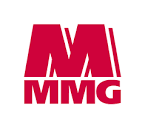 Embedded PhD researcher
Embedded PhD researcherThe Economic Geology Research Centre (EGRU) at James Cook University (JCU), Townsville and Dugald River Mine, MMG, are offering a PhD project in Structural Geology/engineering geology/geotechnical engineering, focused on developing a model for the geotechnical behavior of the ore zone and immediate wall rock at Dugald River Mine, north of Cloncurry, Australia.
Dugald River, is a world-class Zn-Pb-Ag deposit (64.8Mt @ 12.0% Zn, 2.2% Pb, 31g/t Ag) in the Mt Isa district which commenced mining in 2013. The ore zone is structurally complex with a strongly sheared and faulted hanging wall, which affects mining and ore recovery.
During the project you will develop a structural model for the orebody based on face mapping and drill core logging using advanced digital mapping techniques (ADAM Tech) in combination with 3-D modelling (Leapfrog and Vulcan). The work is aimed at gaining an improved understanding of fault distribution patterns and rock mass behaviour along the ore zone, to improve the efficiency of ore recovery.
The successful applicants will have good 3-D skills with experience in structural geology, engineering geology and/or geotechnical engineering. Prior knowledge of Leapfrog, Vulcan and ADAM Tech software would be an advantage but is not a necessity. We are looking for candidates with an interest in solving practical geotechnical problems in a mining environment. A first class Honours or a Master by research are essential to be eligible for PhD studies at JCU, and be competitive for a scholarship.
More information about the Geoscience department and EGRU can be found here (JCU web site)
If you are interested please send an expression of interest and your CV to: